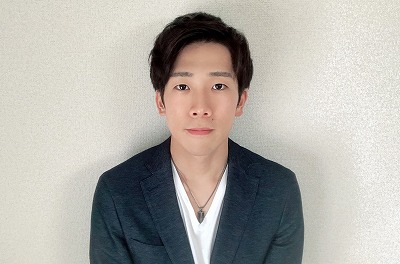A research paper co-authored by five UoA faculty members and one UoA master's student affiliated with the Aizu Center for Space and Informatics (ARC-Space(※1)) was published in the digital edition of the world-renowned British academic journal Nature(※2) on Monday, March 16, 2020. This paper summarizes research achievement such as the capturing of a full rotation's worth of high-resolution thermal images of the asteroid Ryugu by Hayabusa 2, a world first, and discovering that the surface consists of porous boulders and fragments.
This is the first time a research paper co-authored by a UoA student has been published in Nature. The student, SUKO Kentaro, a second-year master's student supervised by Professor Demura, was in charge of the development and operation of the HEAT software for calibration and temperature conversion for the Thermal InfraRed Imager (TIR), as well as temperature calibration and conversion based on the ground test data.
In addition to participating in the Hayabusa 2 project, ARC-Space faculty members and students also developed and provided the HEAT software and systems such as the 3D geographical information system for asteroids (AiGIS)(※3).
■Title Highly porous nature of a primitive asteroid revealed by thermal imaging
■ Lead Author: Mr. OKADA Tatsuaki (Associate Professor of JAXA Institute of Space and Astronautical Science)(※4)
UoA Co-authors:
DEMURA Hirohide (Professor and Director of Aizu Center for Space and Informatics)
OGAWA Yoshiko (Senior Associate Professor)
SUKO Kentaro (2nd-year master's student)
HIRATA Naru (Senior Associate Professor)
KITAZATO Kohei (Associate Professor)
HONDA Chikatoshi (Associate Professor)

<Comments from SUKO Kentaro>
I am proud of having been able to participate in the Hayabusa 2 project through my master's research.
Sharing this experience with Professor Demura, the other faculty members in his group, and the rest of the project members is something I will always remember.
I would like to express my gratitude to all of them.
<Comments from Center Director DEMURA>
I am deeply moved to have one of my students as a co-author on a world-class paper. There have always been students involved in the development as a relay runner hands over their button to the next runner. As an anchor to those past students, he did a great job by making a direct contribution to the Hayabusa 2 project.
I believe that having made research achievement like this through the participation of Hayabusa 2 project by our student and faculty members affiliated with the center proved that we have played a key role in the research to explore the origin of the solar system. I also believe that it will be connected to the future activities of the Center for Lunar and Planetary Exploration Archive Science.
*What is Archive Science?
Lunar and Planetary Exploration Archive Science is a type of research to explore the origin and evolution of the Moon and planets by utilizing the data obtained and accumulated through past lunar and planetary exploration and observational research and combining it with the latest knowledge and analysis techniques.


